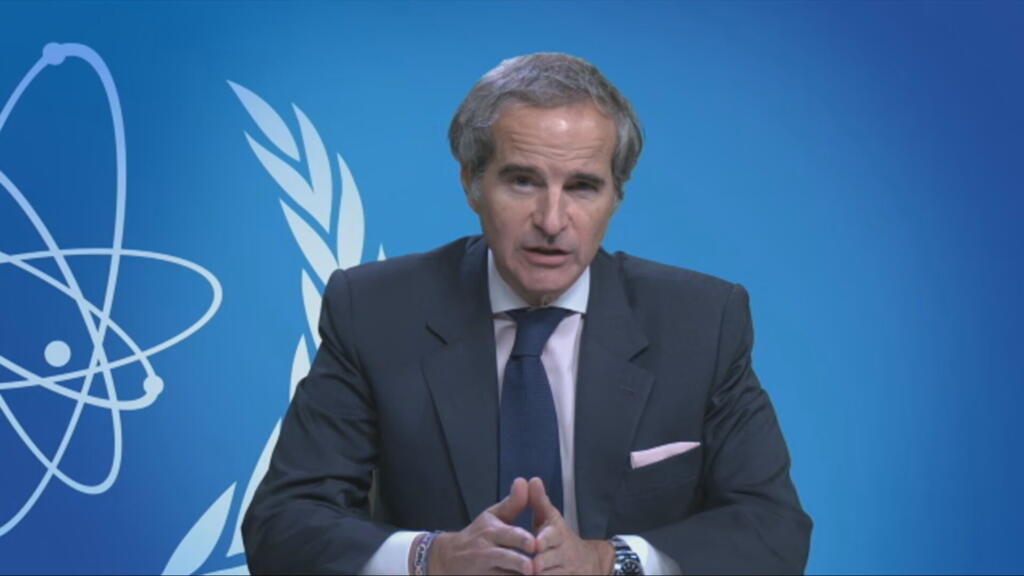Kenya’s lake in Turkana Wind Park, turbine line dirt can see the eye as far as the streets. And it is one of the sites that have gymnasts the country in a renewable power plant.
About half of its lightning using the discovery of durable sources in the form of geothermal, solar and wind energy in 2000, Kenya has now increased that stake by 90%. And it is not a plan to stop there. As part of its new climate goals, the sub-city nation has been promised to use 100% renewal by 2035.
This is a demonstration of force and evidence for the meeting of other countries in the German city of Bonn this week to havehch the sticking points before the November United Nations Climate Summit in Brazil.
How countries have planned to reduce dependence on fossil fuels, discussing this, heating the planet, not courageous on the agenda. But experts say they are elephants in the room.
What are climate goals and why do they matter?
Domestic climate goal – nationally prescribed contributions or NDCs, as they are known – are an important part of the International Paris Agreement. Under the agreement, the world agreed to increase global temperature to 2 ° C (3.6 ° F), with efforts to limit it to 1.5 ° C. Even an increase in small temperatures is associated with more frequent and acute irregular weather phenomena, which discovers as storms, floods, drawers and excessive heat.
As part of the agreement, 195 signators are obliged to present an ambitios non-comprehensive targets every five years. The thesis should underline the two how they plan to reduce their carbon emissions and how they would suit the effects of climate change that are already being felt globally.
“In a policy document, for the opportunity for all countries, mix your own owl economic and prosperity plans with climate policy in an integrated manner, carrying forward a route to a permanent economy,” Stephen Menjel said, the climate Think E3G major diplomacy and geopolitics.
Have countries already given their objectives?
Nations should have filed their most recent climate goal to the United Nations Framework Convention on Climate Change in February. But so far, only 22 countries have done.
The theme is like the Big Emitter United Kingdom and Japan. Prior to exiting the Paris Agreement, President Donald Trump presented the decarbonization schemes for the United States. But many countries make their goals concrete according to Jamal Srioji, a partner at the Global Climate Program at the Non -Group World Resources Institute.
“They want to ensure that their beliefs make sense and respond to the political realities and priorities of the country,” Srioji said.
“Countries are now most concerned about competition, ensuring that they are ahead or part of new techniques that are actually going to run economic growth … National Energy Security, especially in recent years what, is the main driver, now policy makers still consider the climate as an important agenda because it is very good,” he said.
Countries are limited by financial resources
Climate Change Policy Lead Nafkot Dabi said that some poor countries, for example, Chad, Democratic Republic of Congo and Bangladesh are at leastly developed by the committee on the Monthi Maidan.
“They are afraid that they are coming to do something, but there is no finance to help them achieve what they have underlined,” Dabi said, it is the duty of that rich country to help it is the duty of duty.
“It is not to keep all the defects on rich countries, but about historical responsibility, financial capacity, technical capacity,” he said.
Last year at the International Climate Conference in Azerbaijan, industrial countries agreed to provide $ 300 billion (€ 258 billion) in funding for developing countries, promising a total of $ 1.3 trillion to raise a total of $ 1.3 trillion, it is not clear where the money will come from.
Action from the biggest pollutants
While experts say that climate goals need to come from all countries, including low emergences like Kenya, this is action from the largest states that will make the most differences.
The G20 group, including China, Germany, Australia, Russia and the United States, is responsible for around 80% of global emissions in total and Dabi says they are not enough to reduce their greenhouse gas.
“Some groups need to do more to reduce their emissions and which should not fall on the poorest communities because the required change is very large,” he said.
Nevertheless, about a decade after the establishment of the Paris Agreement, experts say goals have improved over time.
“I don’t want to say that things are looking at this time … but I think the mechanisms we agreed 10 years ago, they have a big change globally and are therefore in many jurisdiction around the world,” Menjel said.
Although the vows are non-negative, Srioji says that once “the country goes to the international stage and says, ‘Our plan is here’, if they go back to it, they are going to do a lot of international investigation.”
Edited by: Tamsin Walker


